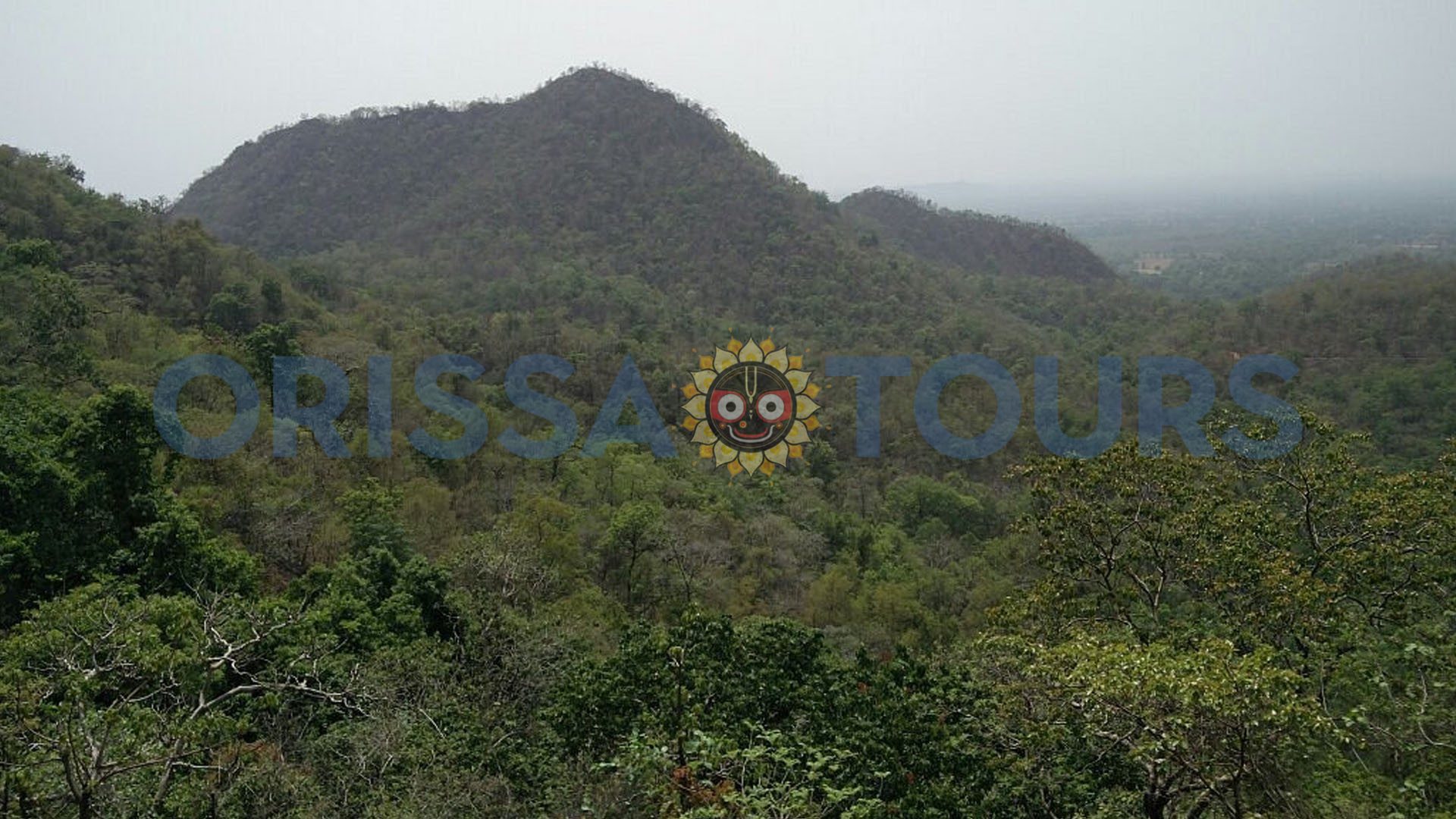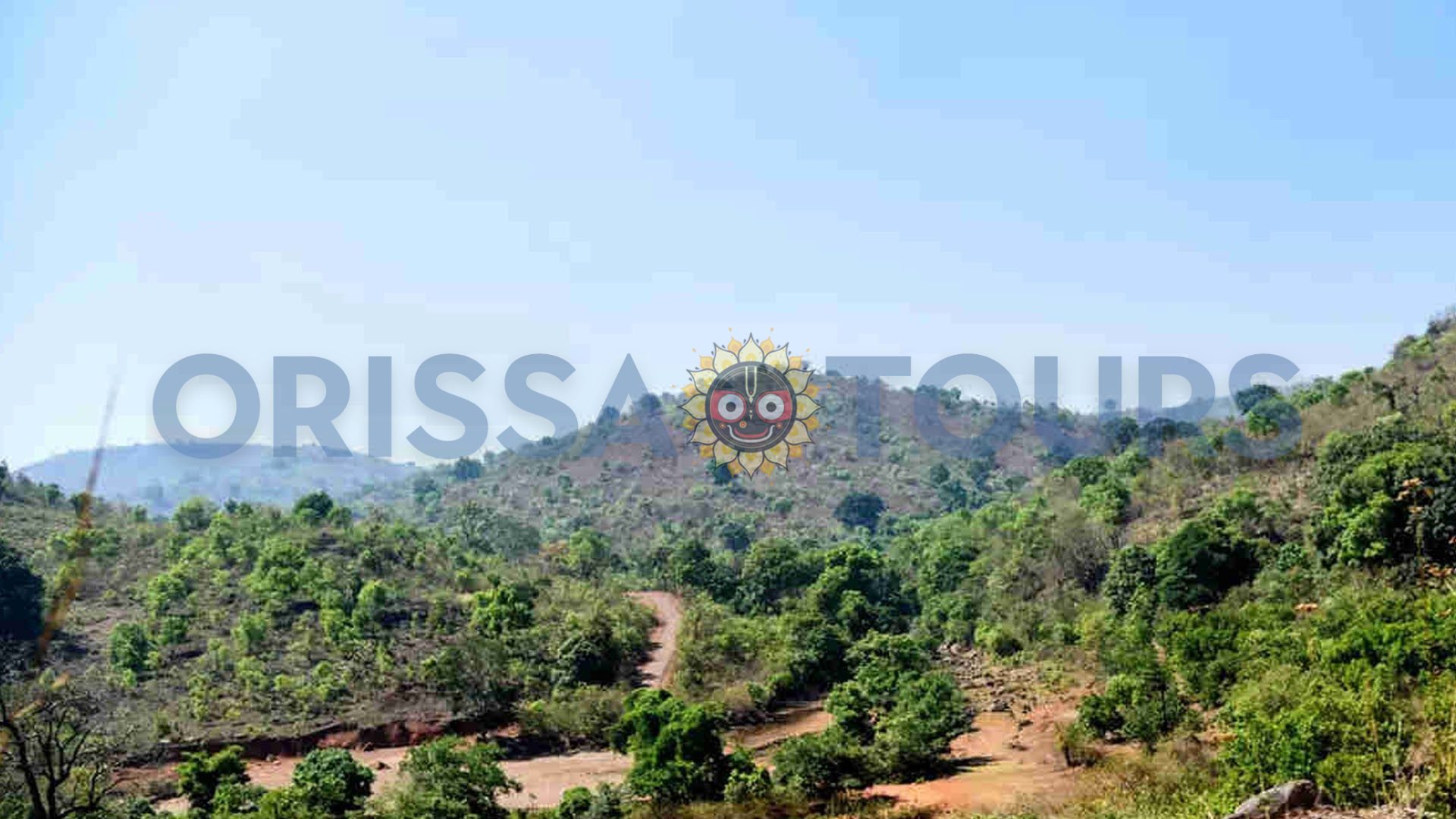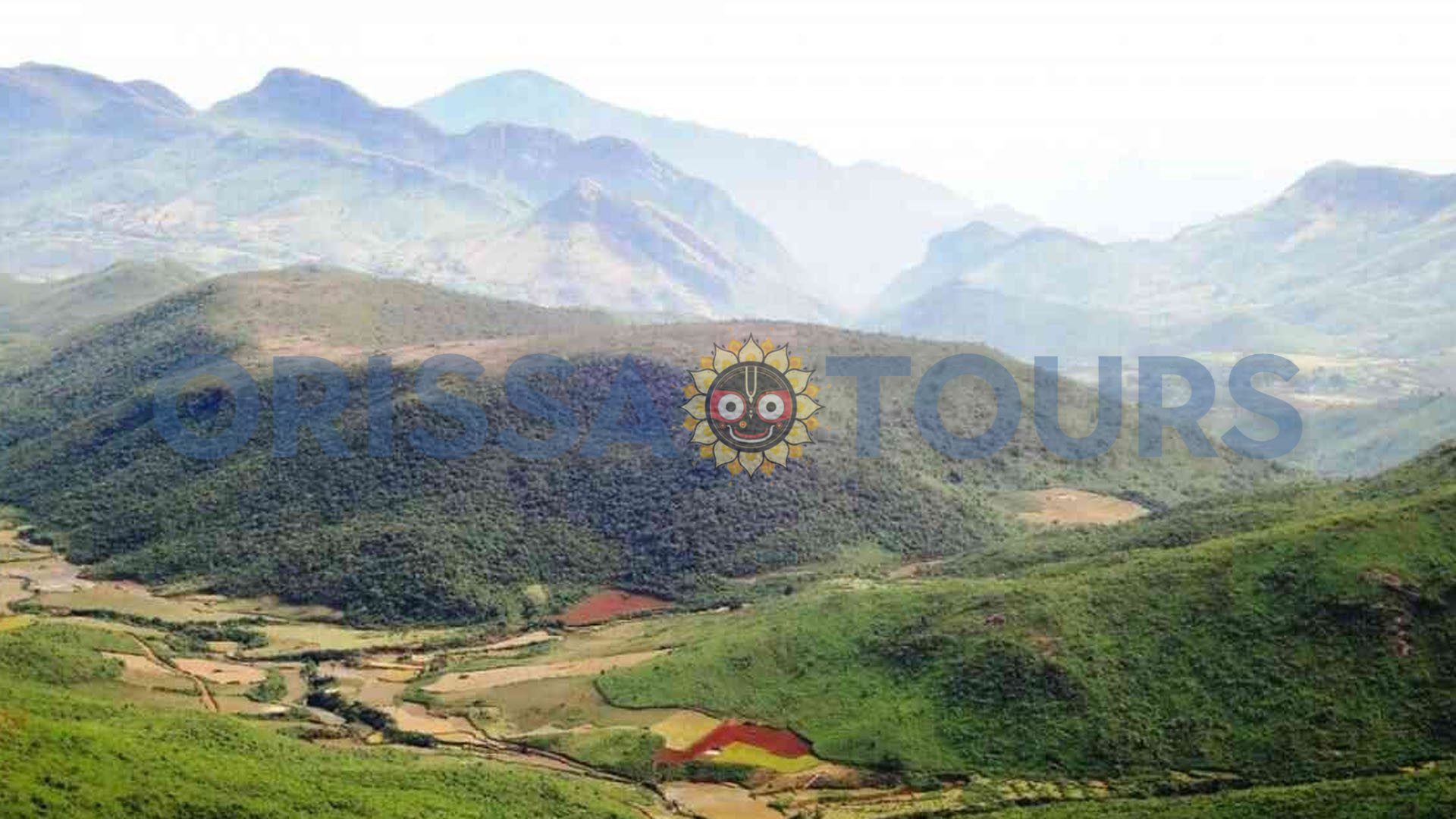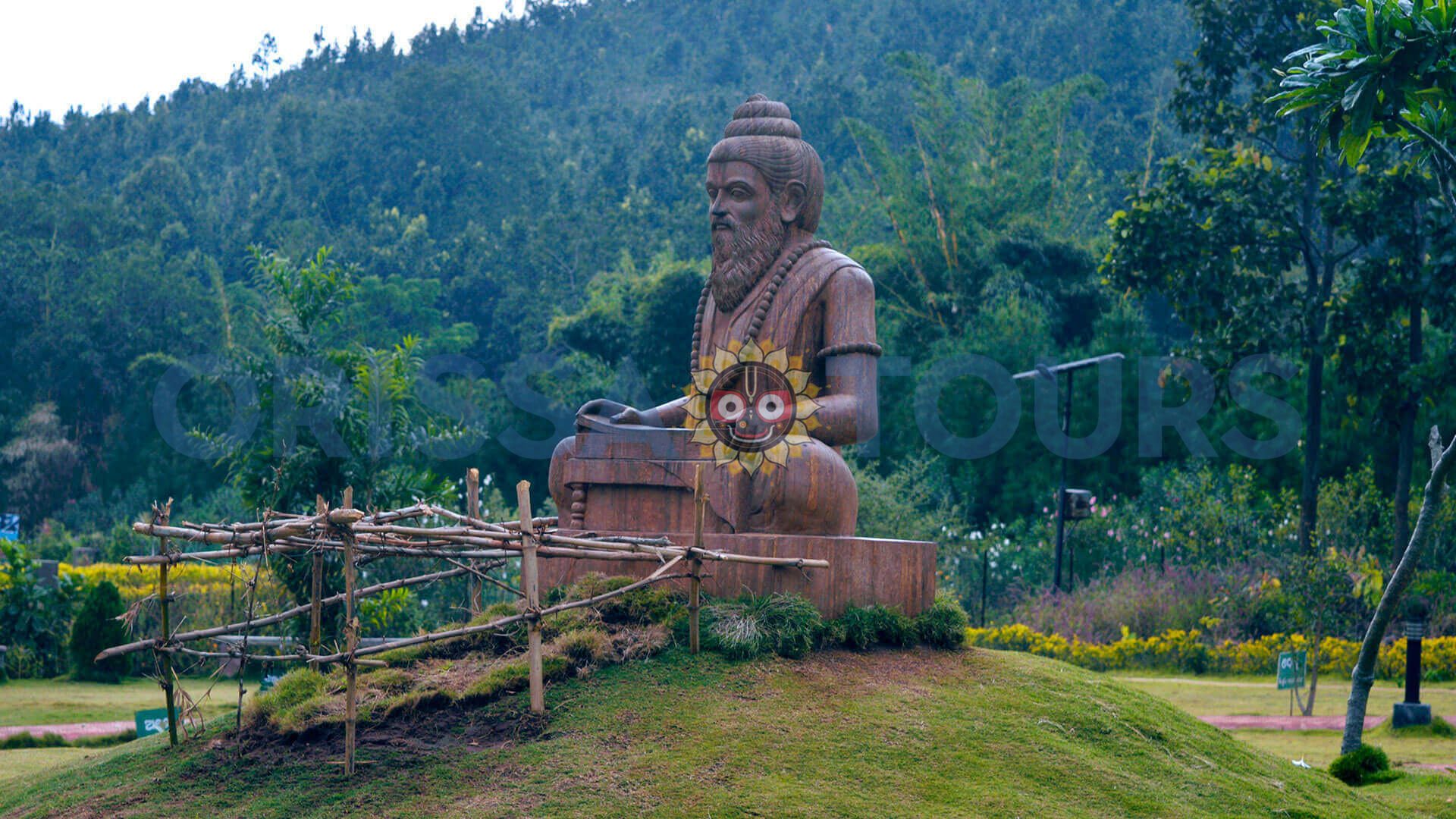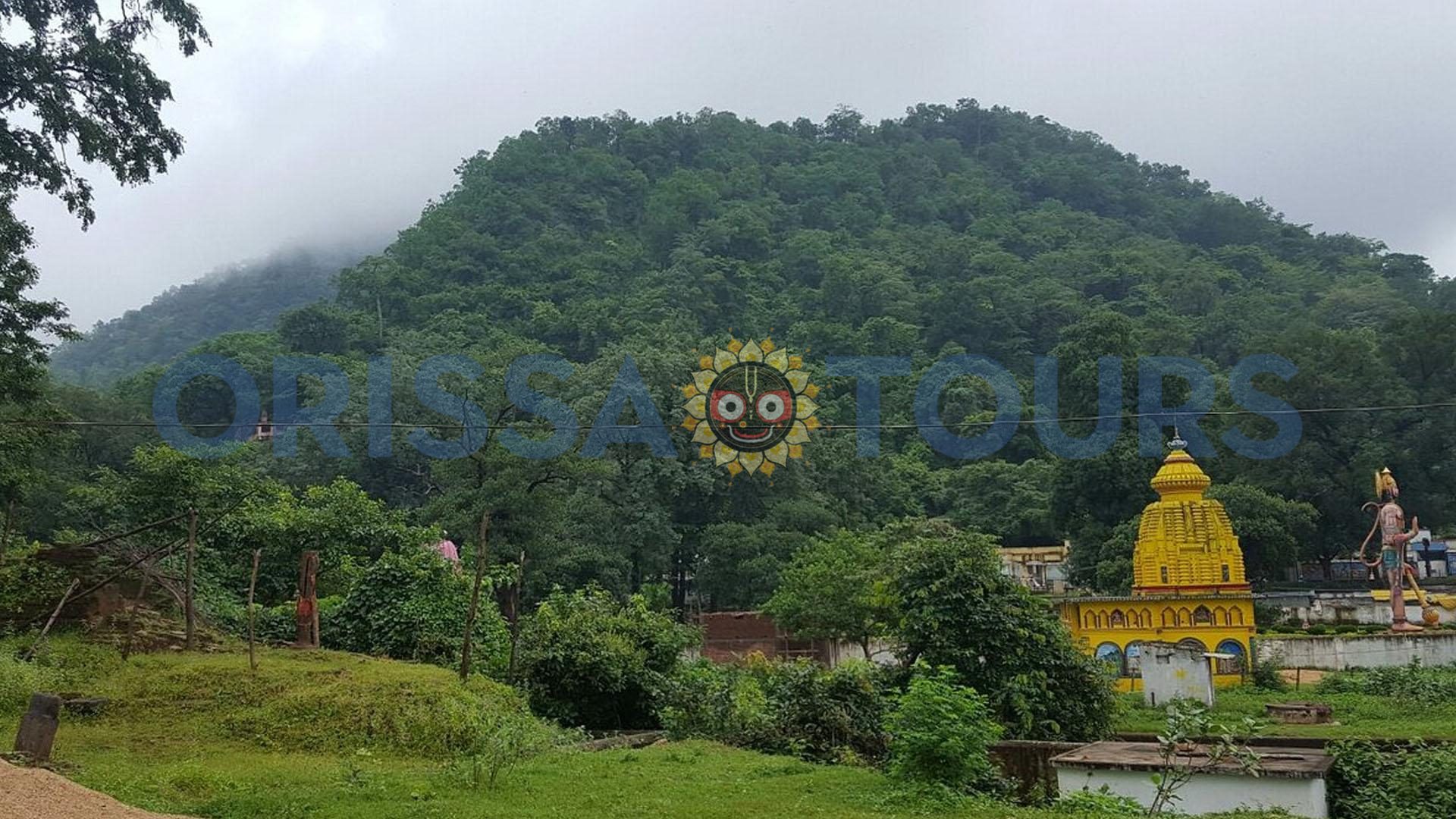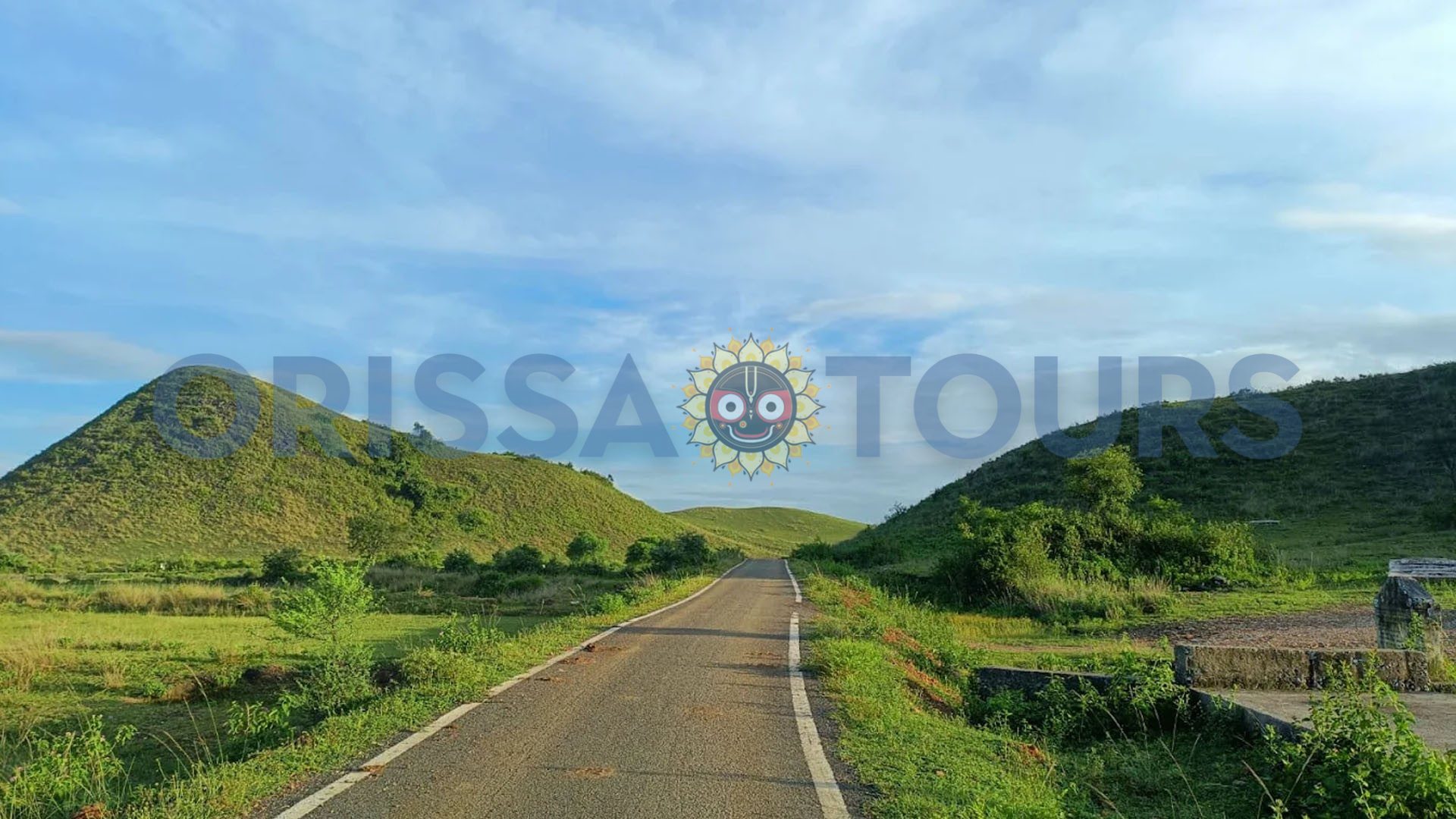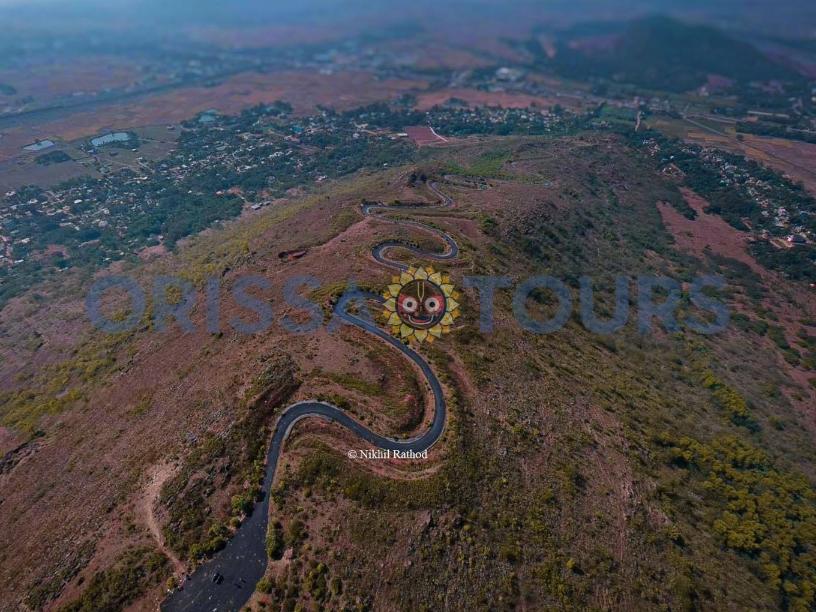Bonda Hill Station is situated in the Malkangiri district of Odisha, India, and is one of the intriguing yet not widely recognized tourist locations of India. Located about 80 kilometers from Malkangiri district headquarters, from the Khairput Block, Bonda is situated in a remote and uninhabited region at the foot of the hill. The uniqueness of this hill station is its unique experience of ancient tribal culture along with beautiful natural surroundings.
The hill station serves as the traditional home of the Bonda tribal community, which is one of the most primitive tribal communities within India, situated in the vast hilly forests of this natural area, and a 100% removed landscape also unchained for centuries. The dense and thick canopy of trees creates a mystic and supernatural landscape where ancient ways of life still exist and remain vibrant.

This hill station provides its visitors with authentic cultural experiences different than any typical hill destination. Not only will the visitors experience beautiful landscapes with rolling hills, but the picturesque panoramic view of Bonda is further enhanced by the relationship with the indigenous communities of people living in this area, who are predominantly tribals that continue to live primitive tribal lifestyles with their cultures and primal habits. The forest ecosystem here has vast and amazing flora and fauna that will be a paradise to nature lovers, enthusiasts, explorers, and research anthropologists, enjoying the culture and its myriad facets.
The remote location and status of the Station have also both affected the region, getting and remaining untouched by excessive modernization, yet it continues to allow Bonda Hill Station not to lose its true raw and natural beauty, leaving a beautiful and profound experience for each visitor who has the intrinsic desire to visit.
The Unique Bonda Tribal Culture
The Bonda Hill Station area is known throughout the world as the home of the Bonda tribe, one of India’s oldest and most primitive tribal people. The Bonda people have lived in this area in a traditional way for thousands of years. Their lifestyle represents a true “society,” an anthropological museum of living human civilization that still drives anthropologists’ and travelers’ fascination.
The Bonda people have a distinct look and features that clearly define them from other tribal people. Their traditional lifestyle shows variances in clothing and ornamentation, with women wearing copious amounts of ornamentation, to the men wearing their significant ritual wear. The Bonda lifestyle is matriarchal, whereby women’s roles and traditional authority govern property ownership and decisions.
Their ethnosocial structure remains astonishingly complex and neoplastic, with their traditional governing councils representing ancestors’ laws with the Bondas.
The Bondas have their own indigenous linguistic codes of belief systems and rituals that remain unchanged by the alteration of writing systems to record stories and knowledge. In addition, their knowledge of the forest and ecology, along with their signs of wisdom regarding herbal medicine, and life sustenance from nature, are potent examples of interdependence – living style with nature.
Mythological Significance and Sita Kunda
One of the many interesting things about Bonda Hill Station is its association with Hindu mythology, particularly the great epic Ramayana. There is a natural water body known as Sita Kunda in the area, which is of course for much religious and historical regard for the devotees and history buffs.
According to ancient myth, Sita Kunda is the very world where Goddess Sita, wife of Lord Rama, would bathe while in exile in the Dandakaranya forest. The peaceful waters of the natural spring have been considered holy for generations and pilgrims from around the county come to pay their respects and to receive blessings.
These myths have a association with much more than just one water body. The local stories share that the strange customs and the myriad behaviours of the Bonda tribe is willingly a result of a curse, that originated through some kind of interaction with Goddess Sita. These legends have been handed down through the ages, they only add to the mystique and the sacredness of the entire area.
More recently the holy water of Sita Kunda has made the news when it was reported that this water was used during rituals of consecrate the Ram Mandir in Ayodhya, bringing to light
Natural Beauty and Forest Environment
The unspoiled beauty that surrounds the Bonda Hill Station provides such natural splendor it could outdo any other high-end hill station in India. The hilly forests that surround this hill station go on forever without end. They became one solid green mass of trees, forming a colonnade of green over one mile of trees, which serves as a natural air conditioner and atmosphere for nearly the entire year.
The biodiversity is astonishing; there are so many species of trees, plants, and wildlife that live in these forests. The heavy vegetation consists of dense and un-dense trees that include tropical and semi-tropical species. Their variety creates micro climates and habitats for more plants and animals. There are towering trees to provide natural shade, springs and streams that provide both, and at least half of the forest is kept vegitative by nature.
Many species of birds, small mammals, and insects are able to adapt and survive in this protected area without human interactions causing the decimation of many of their species. The forests appear not to have been overrun by people, so many are still found in their natural living conditions. The area is free from industrialized pollution and urban noise, making it perfect for meditation in nature and for any ecological tourism.

The height of the hill station provides an excellent view of the valleys and mountainsides that surround it. It is hard to top the views provided from this elevation. Especially in the mornings and evenings when the valleys have a mystical mist hanging above them while the rising or setting sun casts a wondrous scene that many photographers and nature seekers can’t resist capturing photographs of; “Mother Nature” never disappoints.
Patkhanda Vatra Festival
The cultural calendar of Bondas Hill Station centers around the Patkhanda Vatra festival, which occurs annually in January at Mudulipada village. This festival provides visitors with an authentic experience of exposure to the Bonda tribe’s spiritual beliefs and traditional practices that have remained unchanged for generations.
The festival involves the ritualistic worship of a sacred sword, which the Bonda people assert belonged to the Pandavas from the Mahabharata. This handed down ancient weapon becomes the center piece of ritualistic murder (in a ceremonial sense) as the Bonda tribe performs various ritual’s and ceremonies, based on very elaborate mythological traditions, all in recognition of the sword. The community’s reverence of this artifact is reflective of the community’s respect for ancestral tribes.
During the festival, the entire Bonda community participates in the traditional dances, songs, and rituals that the Bonda have been performing for generations. Visitors will experience true tribal performances with rhythmic drumming, folk songs, or ceremonial dances, some of the ceremonies are even used to tell a story of their ancestors. The festival location provides a valuable basis of education to understand the spiritual beliefs and cultural expressions of the tribe.
Visitors create a list of Bonda’s from all over the world. The festival attracts researchers, anthropologists, and cultural enthusiasts from around the world who come to record and share out the Bonda tribe’s traditions, which is unusual. The festival serves as a cultural bridge between an ancient world and modern world that allows respectful cultural exchange.
How to Reach Bonda Hill Station
To get to Bonda Hill Station takes a bit of planning because it is fairly remote. But to get there is half the fun. Bonda Hill Station is about 80 kilometers (48 miles) from Malkangiri town. Malkangiri is an excellent entry point for people from the larger cities in Odisha, and for people visiting from neighboring states.
Many people follow the route to Malkangiri first. Malkangiri town is connected by road to the important cities of Bhubaneswar, Cuttack, and Berhampur. The visitor who travels to Malkangiri will then need to find local transport and/or take private vehicles over hilly roads to get to Bonda Hill Station. The trip along the twisting roads and hills offers wonderful views of the surroundings.
Train travelers will arrive at the nearest station in Jeypore. This station is about 100 kilometers (62 miles) from Malkangiri. But buses and private transportation are available to take visitors to Malkangiri town from Jeypore. Visitors traveling into Visakhapatnam Airport who want to reach Malkangiri will have about a 200-kilometer (124-mile) drive to the town.
Especially the first time a visitor is in the area, a local guide is a good idea. A good guide will also be able to shares facts about the geography of the area, the culture of the area, and any safety issues. Visitors will need to rent four-wheel-drive vehicles for the final few kilometers to get to the area of the Bonda villages because there are rough roads. Visitors are undoubtedly going to want to book accommodation and transportation in advance of travel. This is especially true if they arrive during the peak tourist season.
Best Time to Visit and Travel Tips
Planning your visit to Bonda Hill Station means understanding the region’s weather patterns and seasons to help you have the most enjoyable and fruitful experience. The hill station has a tropical climate with wet and dry seasons, with each having an effect on access and what visitors can get up to.
It’s recommended that visitors plan trips to Bonda Hill Station from October to March when the weather is generally pleasant and the temperatures are comfortable, ranging from 15°C to 25° degrees Celsius. During this time, the post-monsoon landscape is lush and green; streams are flowing, and the air is crisp and clean. This time of year is the harvest season, and visitors can witness traditional farming and cultural activities.
The summer months of April to June can be very warm and the temperature can reach upwards of 35°C. Although the dense forest cover will provide some natural cooling, it is not as enjoyable as the cooler months. The monsoon months (July to September) bring heavy rainfall, which could render roads inaccessible and make hiking and walking difficult, but will make the land beautiful with flowing streams and waterfalls.
There are a number of tips for visiting or travelling to Bonda Hill Station. Carry enough cash because there is no ATM to withdraw money from. Dress appropriately and wear suitable clothing for walking into a forest. Bring insect repellent and any medical supplies you may need. When you’re interacting with the tribal community especially, it’s important to respect their customs. Always get permission to take photographs.
Nearby Attractions and Places of Interest
The area surrounding Bonda Hill Station has just as much to offer besides Bonda Hill Station, and people who relish a long journey – where the focus is on absorbing the experience of diverse cultures and diverse nature – should find these supplementary locations worthwhile. The following tourist locations would complement your visits to Bonda Hill Station, and showcase the heritage of Malkangiri district, and the natural beauty of Malkangiri district/region.
Satiguda Dam is only 8 km away from Malkangiri town, and is an attractive eco-tourism site with boating facilities and picnic and camping opportunities. A remarkable reservoir with all the “views” required; and possibilities for parents and children, and ordinary people to enjoy a recreational activity. The area around the dam has also been developed with tourists in mind with basic facilities and the like.
Chitrakonda Reservoir is another large water body with lovely views that make photography walkabouts a good option. Balimela Power House that shows an element of developmental infrastructure and an engineering accomplishment. These spaces can be combined easily with visits to Bonda Hill Station for a more authentic cultural tour.
Bhairabi Temple is 3 km from Malkangiri town and offers religious locals throughout the year, and to some extent religious traveling visitors, in addition to the temple construction, which offers some depth culturally. Other area attractions include Goi Hill and Tulasi Pahada and Jau Pahada, with perspectives of the regions natural beauty and cultural heritage.
Tourist Facilities, Transportation, Tourist Attractions, How to Reach, Accessibility
Best Time to visit
The best time to visit Bonda Hill Station is from April to November and the Summer Season.
Opening Time
Bonda opening time is Everyday 8 am to 6 pm
Closest Airport
The Closest airport is Biju Patnaik International Airport, Bhubaneswar, which is located around 539 KM distance from Bonda HillStation
Closest Bus Stop & Distance
The ClosestBus stop is Koraput bus stand, which is located around 90 KM distance from Bonda Hill Station
Closest Railway Station and Distance
The Closest Railway Station is Koraput Junction, which is located around 91 KM distance from Bonda HillStation
